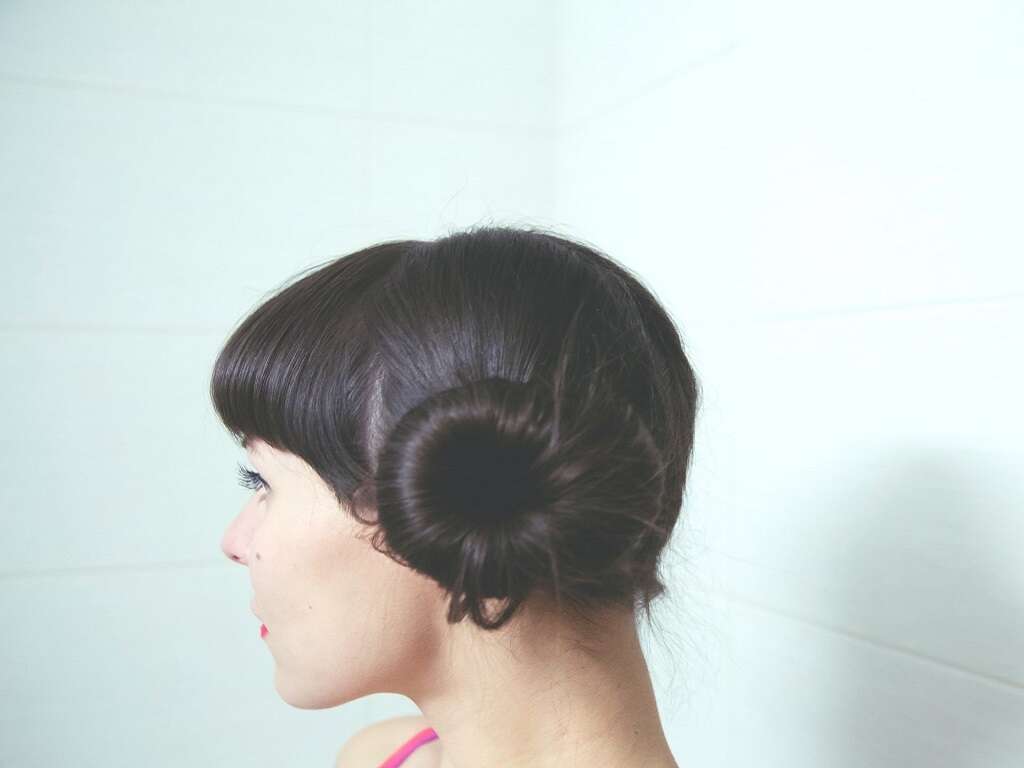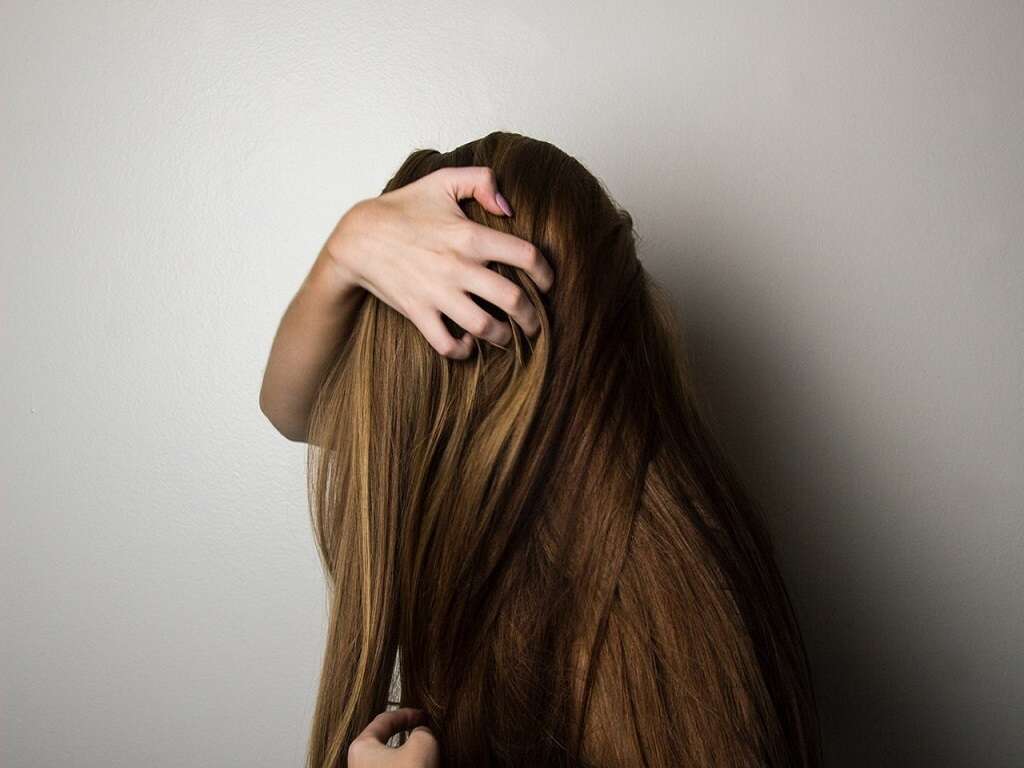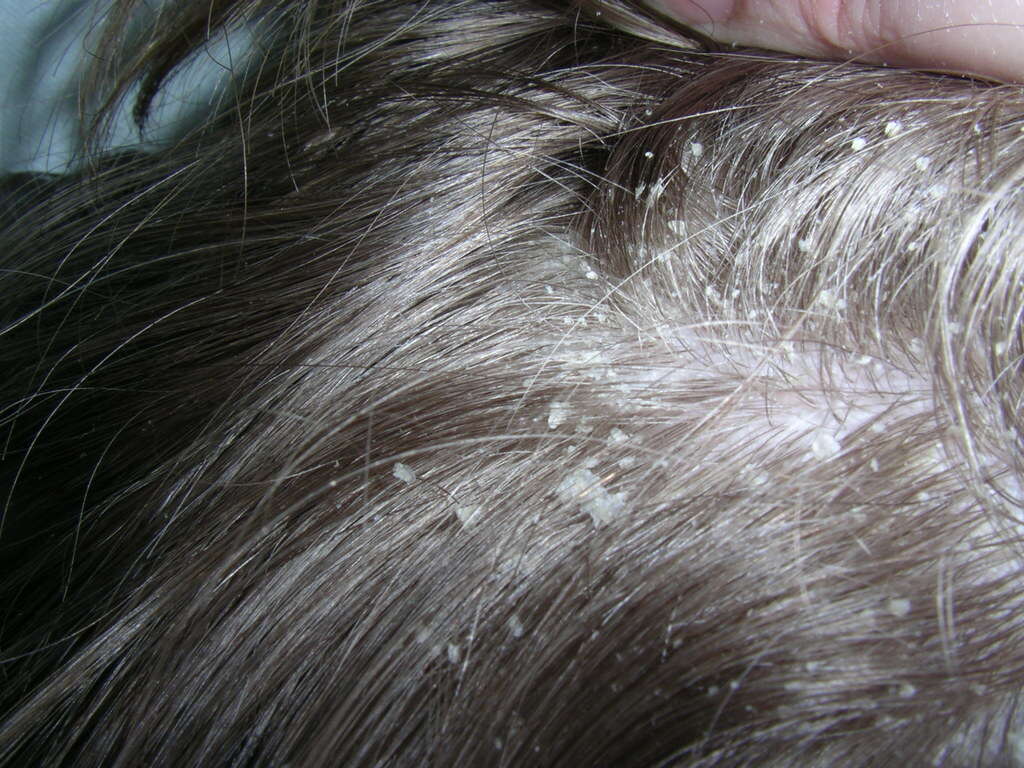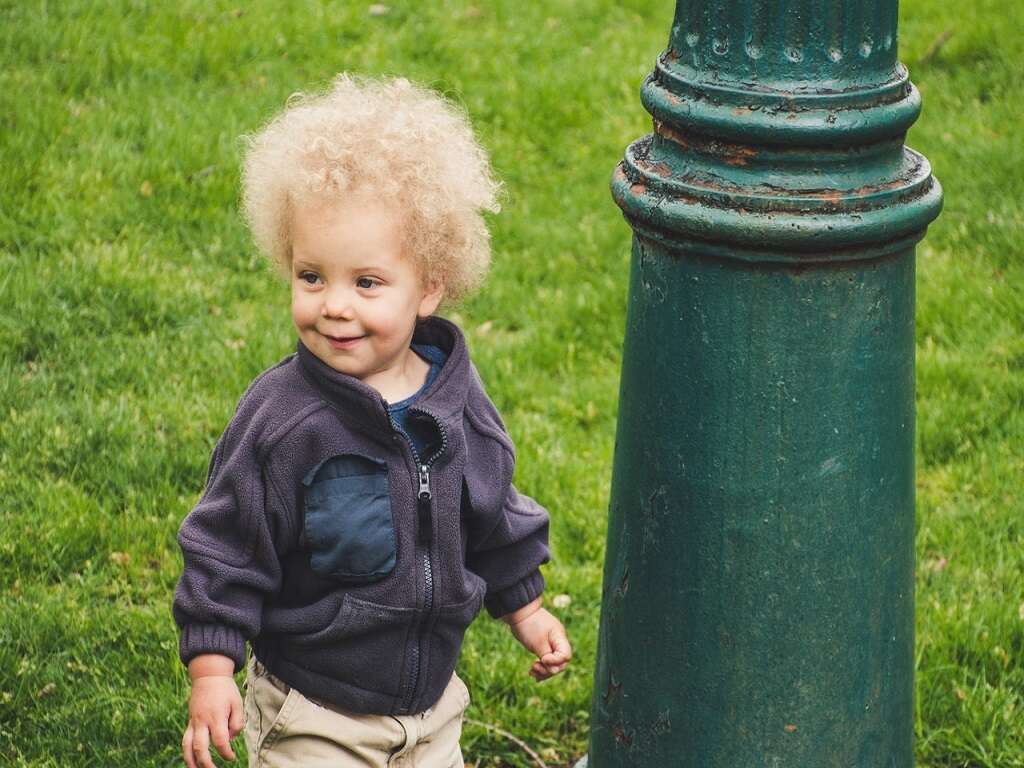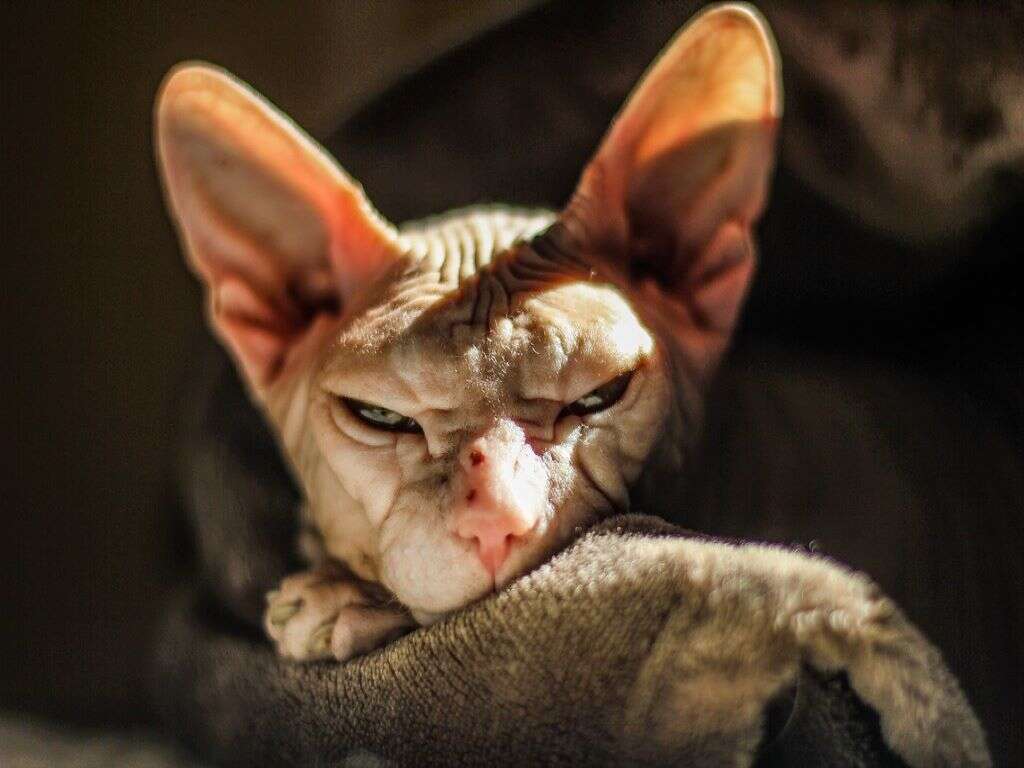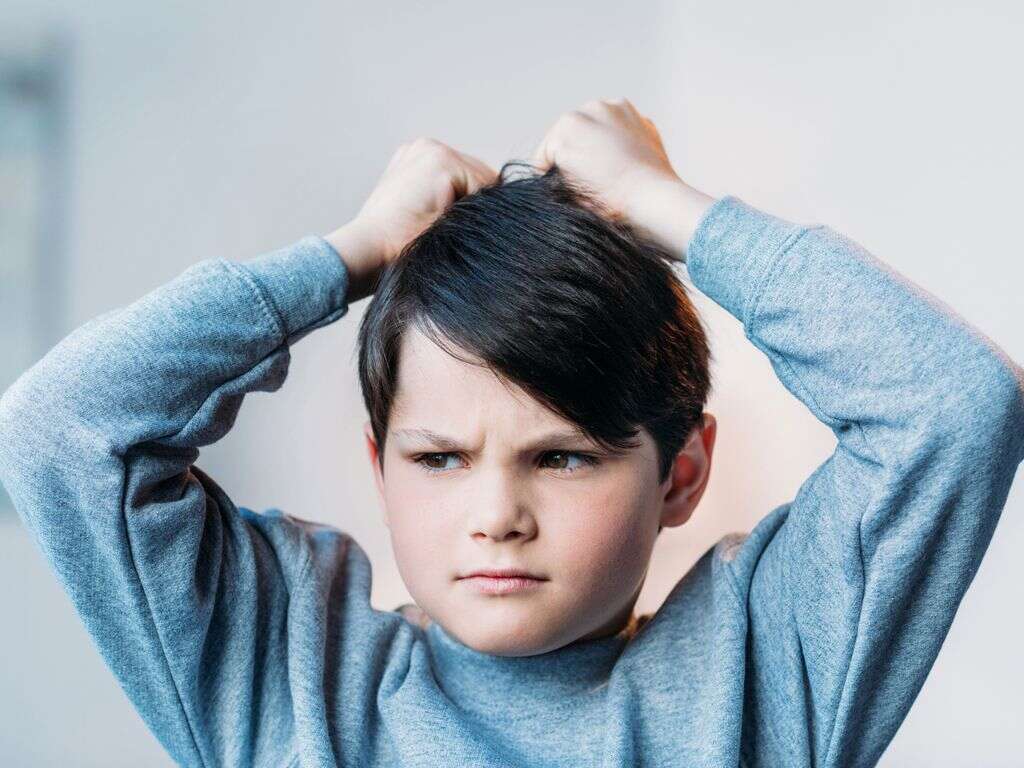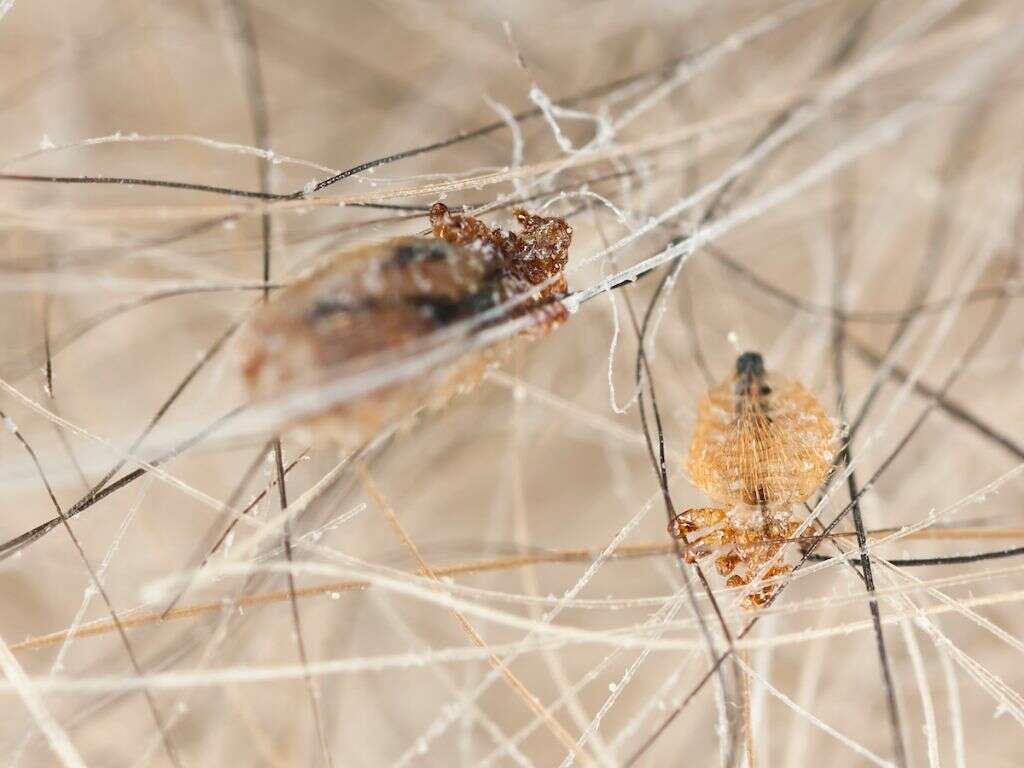What Causes Head Lice?
Head lice are small insects that live among the hairs on our head. Here, they will live and breed, feeding on a plentiful supply of fresh blood. They get to our blood by biting through the thin layer of skin on the scalp to reach the blood vessels below.
Head lice are typically harmless to us, which is fortunate because they are also very common. Although they are harmless, head lice can still cause some rather irritating symptoms, but treating them is relatively straight forward. They can infect people of all ages, but they tend to infect children far more frequently than they infect adults.
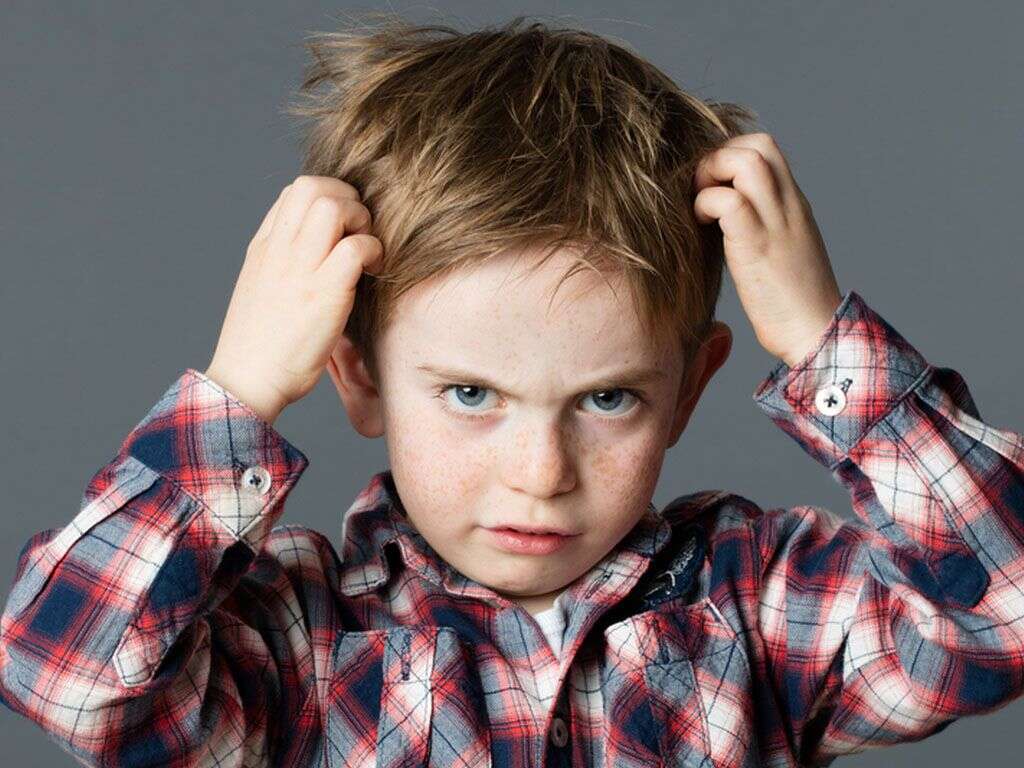
1. Nits
In order to know more about what causes head lice, it can help to understand their life cycle better first. This cycle starts with their eggs – which are commonly known as nits. These eggs are laid at the base of strands of hair and are attached quite firmly with a form of adhesive.
These eggs will usually hatch within 9 days of being laid, and the empty egg shells will be left behind. These eggs, hatched or unhatched, are very small but are just about visible to the naked eye. To begin with there is a good chance that they will be mistaken for dandruff or dried hair products.
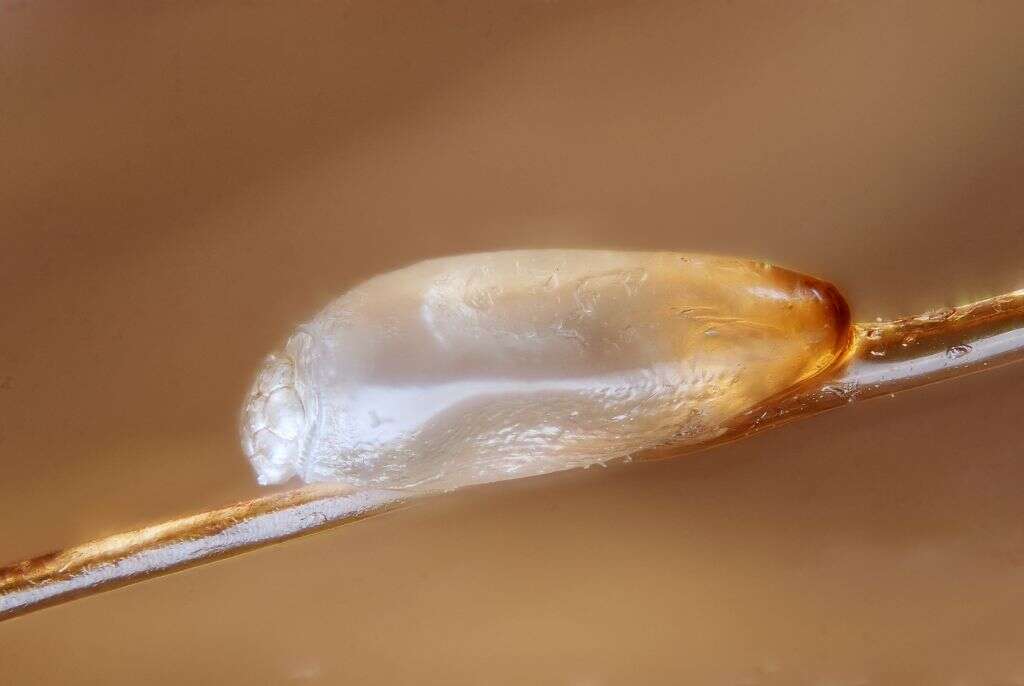
2. A Nymph
A nymph is the name given to a baby head louse. They look very much like adult lice but they are a lot smaller. However, they will grow rapidly and will mature with 12 days after the day they hatched. They need blood to live and grow just like the adults do, and they feed by drinking the blood from just beneath the surface of your scalp.
One of the main differences between a nymph and an adult is that nymphs cannot lay eggs. This thankfully slows the rate of infestation, but the lice can still be transmitted to other people at this stage. Depending on how many nits the patient was originally infested with, they will probably not be aware the lice are present at this stage.
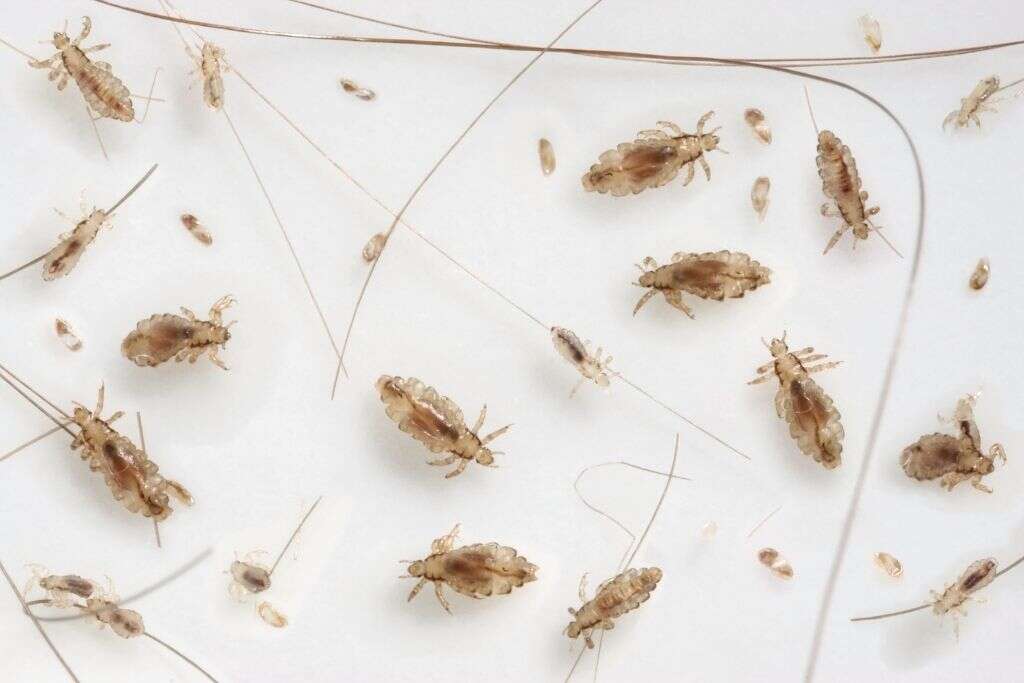
3. Adult lice
Adult lice are considerably larger than nymphs, but are still up to only around 3 millimeters long. These adults are able to cling tightly to hair with help from 6 legs that have claws at the end. They will continue to feed on your blood, and how dark they are will depend largely on the color of your hair as they try to blend in.
When they are living on your head, most head lice will live to be around 1 month old. If they fall off then they would need to find a new host in 1 or two days otherwise they will die. An adult female louse will lay up to 6 new eggs every day she is alive.
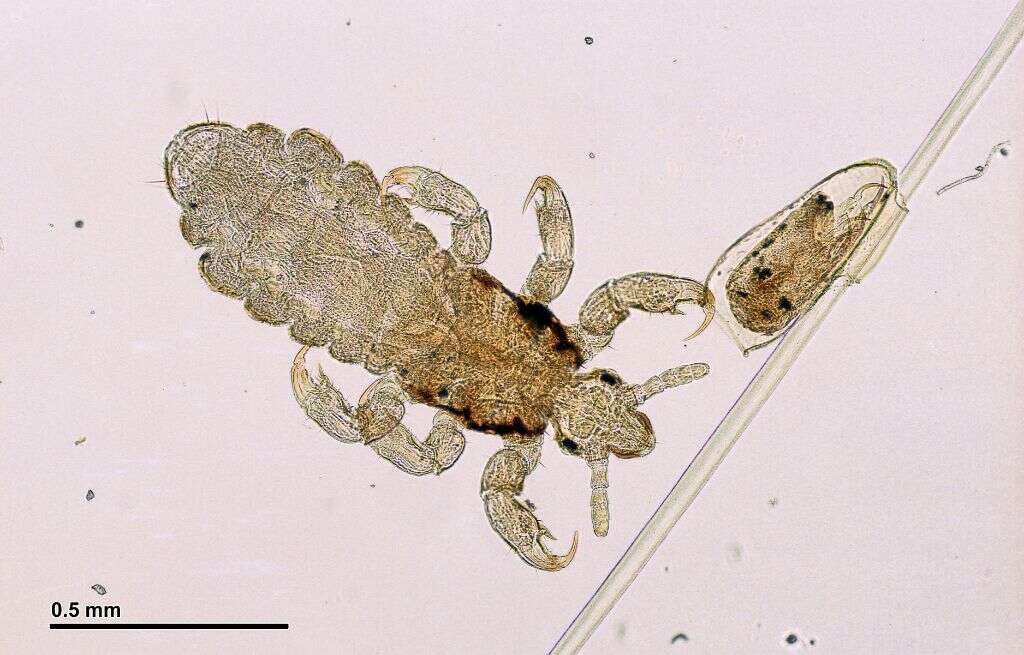
4. Direct Transmission
Head lice usually find a new host simply by walking from one person’s head to another when they are in close contact. They are unable to jump like fleas and they are not able to fly. This means that children are most likely to get lice as they will be in close contact with other children a lot.
It is not uncommon for whole schools to have a problem as a single infected child can infect many others. That symptoms don’t usually appear for a few days means many children can be infected before anybody is aware that there’s a problem. There is a common misunderstanding that a head lice infestation means the patient is dirty or unhygienic, but head lice have no preference regarding hygiene.

5. Sharing Equipment
While direct transmission is by far the most common method, there is also a small chance that somebody can become infected indirectly. This means coming into contact with items that have some lice living on them. It is important to bear in mind that lice can live for up to two days when not on a human head.
This means sharing things like hats and scarves could be harboring the lice. Sharing combs can also lead to transmission, while sharing towels and even headphones can spread the mites. Lice can also end up on the pillow of an infected person, and they might crawl onto the head of a person that uses the pillow afterwards.

6. Locker Rooms
It is common for kids to have shared lockers, with hats, coats, and scarves sometimes hung up beside others. This can provide plenty of time for lice to crawl from one item to another, and ready to crawl onto the head of the clothing item’s owner when they put them on again.
While this is most likely to happen with school children, it can also happen with adults that use locker rooms. To help prevent this, it is a good idea to try and keep clothing separate where possible. Making sure that clothing is thoroughly cleaned can also help to prevent transmission of lice to other people.

7. Risk Factors
Just about anybody can get head lice, and even people with short hair can catch them. It is often stated that head lice prefer the heads of people that don’t wash often but this is not true. Although people of all ages can get them, children are by far the most commonly affected group.
As mentioned, this is because children tend to stay close together; close enough for the lice to be able to walk from one host to another. When adults get head lice, it is usually through close contact with their children. For some reason, women tend to be affected by head lice less frequently than men are. Head lice are also less likely to infect people with Afro hair.

8. Pets
It is often thought that pets can help to spread head lice, but this is not really the case. Head lice that live on people have evolved to feed on human blood specifically, so they cannot feed off our pets. If they do end up in our pet’s hair, then they will have 24-48 hours to live just as if they fell onto the carpet.
That said, pets can still carry lice from one person to another and they may carry lice from one place to another. When it comes to fleas, however, people can sometimes get bitten by dog fleas or cat fleas. However, only human fleas can live on humans in the long term.

9. Complications
Head lice will thankfully not cause severe problems, although they can be very irritating and can cause a lack of sleep in some cases. They are not known to carry diseases that can be transmitted through their bite; however, some species of lice can carry serious diseases in their feces.
One problem that can arise is skin infections. These tend to happen because the patient scratches the skin, and this can cause their nails to break open the skin, allowing pathogens a way to enter. This is how diseases from lice feces are transmitted to humans. Thankfully, most infections should usually be relatively easy to treat if they do arise.

10. Prevention
Head lice are very contagious and this helps to make it very difficult to prevent a transmission from happening. Symptoms also tend to not manifest right away and this means that the patient can be infecting others for days without even realizing it.
If you do wish to be careful, then you should try and avoid having clothing such as coats hanging up with other peoples’. Avoiding close contact can also help prevent the spread, but this can be very difficult to achieve where young children are concerned. Head lice are not considered to be a health risk anyway, so it is not usually necessary to be too precautions in preventing them.




